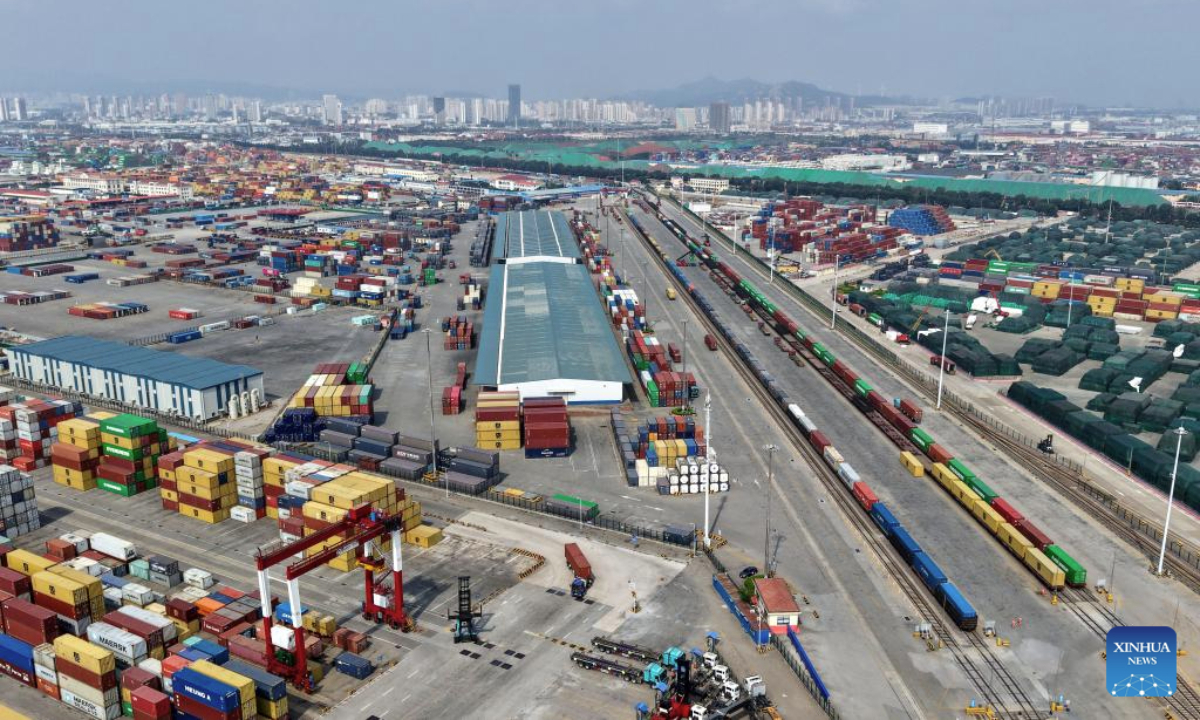US-China Space Investment Race Intensifies

The ongoing competition between the United States and China for dominance in space exploration is intensifying, particularly as both nations gear up for their respective lunar programs. The historical context of this race underscores the U.S.’s long-standing leadership in the domain, dating back to the Apollo missions of the 1960s. Now, with China rapidly catching up, the stakes are high—not just for national prestige but also for technological supremacy and potential military applications. Understanding this competition is critical for investors as it can affect funding flows, public-private partnerships, and defense strategies across global markets.
Recent developments suggest that China may be on the brink of a significant breakthrough in lunar exploration. The successful launch of the Long March-10 rocket and ongoing tests of its lunar module show a robust governmental commitment to advancing its space program amid tensions with the U.S. Moreover, China's ambitious goal of sending astronauts to the Moon by 2030 directly challenges NASA’s timeline under the Artemis program. True, NASA's historical lead and established infrastructure have allowed it to dominate for decades, but increasing internal inefficiencies—including budget overruns and management challenges—may allow China to exploit gaps and potentially leap ahead.
The investment landscape must now grapple with the implications of this burgeoning rivalry. American private companies, led by SpaceX and Blue Origin, are critical to bolstering NASA's efforts; however, the setbacks in their respective lunar lander developments highlight an emerging volatility in that strategy. Will private innovation be sufficient to counter the state-led efficiency seen in China's aerospace ambitions? Additionally, as investors, how should they interpret the strategic implications of China's advances? With increasing dual-use technologies being developed, can we ignore the potential militarization of space? These questions underscore the need for a well-rounded view when evaluating investments related to space.
As this race accelerates, the array of possible outcomes will be broad. From an investor standpoint, sectors linked to aerospace innovation, satellite communications, and national defense will warrant close monitoring. While historical precedents, such as the 2008 financial crisis or the dot-com bubble, remind us of the unpredictability of technological investments, the race for the Moon serves as a reminder of the momentum behind public interest and funding in advanced technologies. Ultimately, the outcome of this tussle between the U.S. and China could reshape not merely the space sector but also dynamics in global power balances, which in turn will have broad implications for international markets.
Read These Next

China's Foreign Trade Praised by Two Ministries for Quality Opening
China's foreign trade shows stable growth despite global uncertainties, driven by government support and key sector exports.

Nikkei 225 Rises 005 while KOSPI Gains 088
Nikkei 225 and KOSPI indices rise slightly, suggesting stability and growth in Asia-Pacific markets amid global fluctuations.

Asia Television Holds Leadership Amid Market Changes
The annual report of Asia Television Holdings Limited reveals key changes in management and governance, highlighting significant risks associated with the suspension of the CEO, trading halts, and potential impacts on investor confidence. These developments reflect broader corporate governance themes and present both risks and opportunities for stakeholders.
